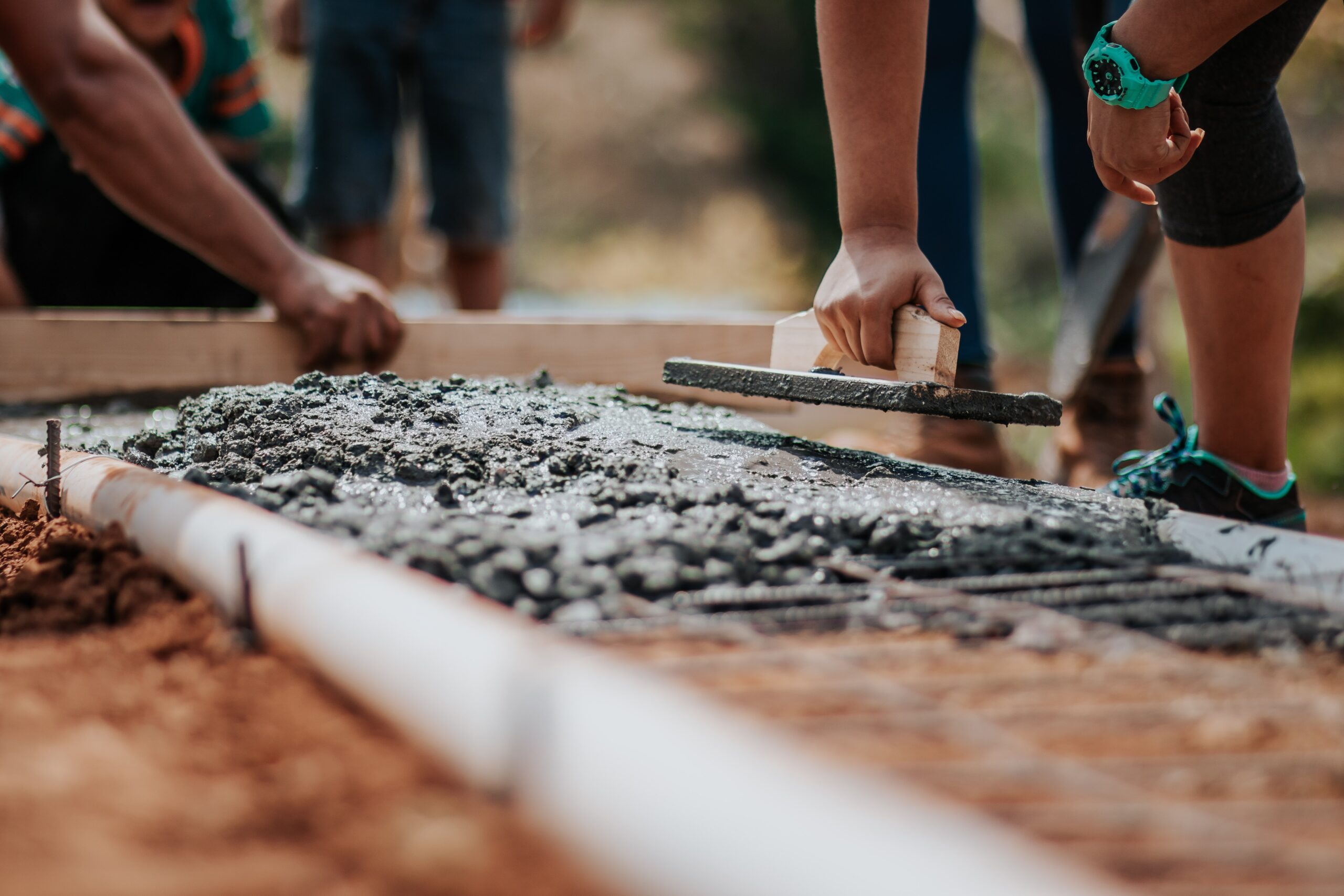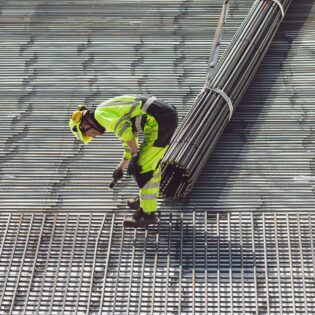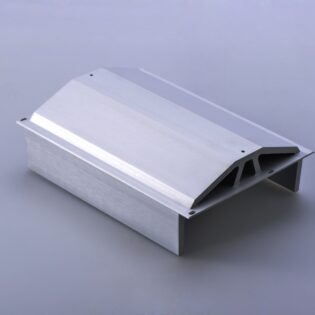Cement
Pakistani Cement: The Foundation of Growth and Development
Pakistani cement, a crucial component in the construction industry, stands as a symbol of the nation’s commitment to infrastructure development and economic progress. Known for its quality and versatility, Pakistani cement plays a pivotal role in shaping the physical landscape of the country. Let’s explore the characteristics, economic impact, and global significance of this essential building material.
1. Quality and Types of Pakistani Cement:
Pakistani cement is recognized for its high quality, meeting international standards. Various types of cement are produced to cater to different construction needs, including Ordinary Portland Cement (OPC), Portland Blast Furnace Slag Cement (PBFSC), and Sulphate Resistant Cement (SRC). Each type is carefully engineered to provide specific strength and durability characteristics.
2. Infrastructure Development:
Pakistani cement is a driving force behind the nation’s infrastructure development. It serves as the foundational material for the construction of roads, bridges, dams, and buildings, contributing significantly to the overall growth of the country’s physical infrastructure.
3. Economic Impact:
The cement industry holds considerable economic importance in Pakistan. It is a major contributor to employment generation, both directly and indirectly, involving activities from mining to transportation. The industry’s growth also stimulates related sectors such as real estate and construction, further fueling economic development.
4. Global Recognition:
Pakistani cement has gained global recognition for its quality and reliability. It is exported to various countries, showcasing the nation’s capability to produce cement that meets international standards. The global acceptance of Pakistani cement contributes to the country’s economic standing in the international market.
5. Varieties of Cement Production:
Pakistani cement manufacturers produce a range of cement types to address diverse construction needs. This includes Ordinary Portland Cement (OPC), which is widely used in general construction, as well as specialized types like White Cement and Low Alkali Cement.
6. Raw Materials and Manufacturing Process:
The production of Pakistani cement involves the careful selection of raw materials, including limestone, clay, and gypsum. These materials are meticulously processed through a series of steps, including grinding and clinker production, to create the final product with the desired properties.
7. Innovation and Technological Advancements:
The cement industry in Pakistan is marked by continuous innovation and technological advancements. Modern manufacturing processes and equipment contribute to the efficiency and environmental sustainability of cement production, aligning with global standards.
8. Environmental Considerations:
Sustainable practices are increasingly becoming a focus in the Pakistani cement industry. Efforts are made to reduce carbon emissions and environmental impact through the adoption of cleaner technologies, alternative fuels, and efficient waste management.
9. Construction Boom and Urbanization:
The continuous demand for cement in Pakistan is closely linked to the ongoing construction boom and rapid urbanization. As cities expand and new infrastructure projects emerge, the demand for high-quality cement remains robust.
In conclusion, Pakistani cement is not just a building material; it is a cornerstone of economic development and infrastructure growth. Its quality, versatility, and global acceptance position it as a vital player in the construction industry, contributing to the nation’s progress and shaping the skyline of Pakistan.




